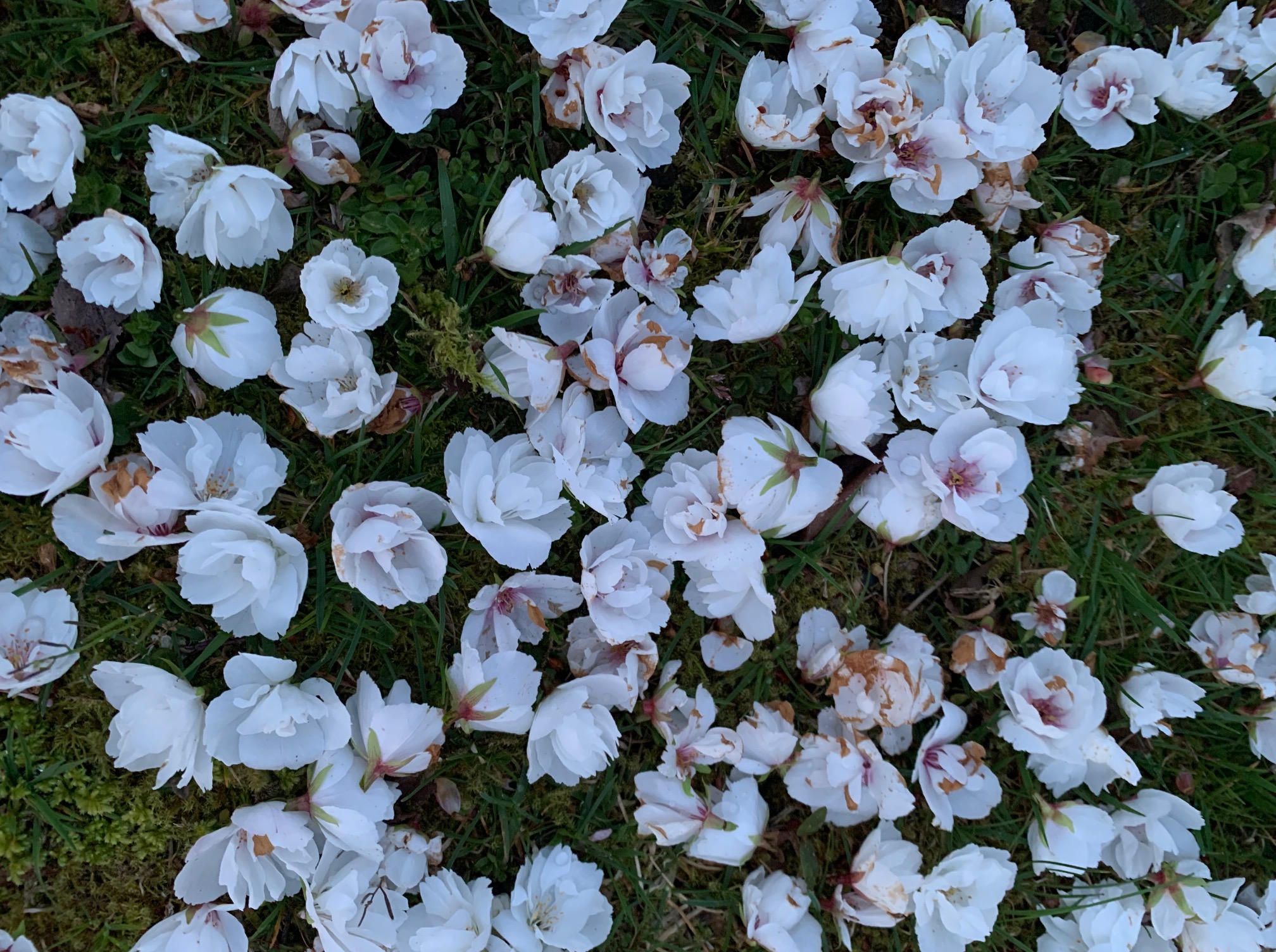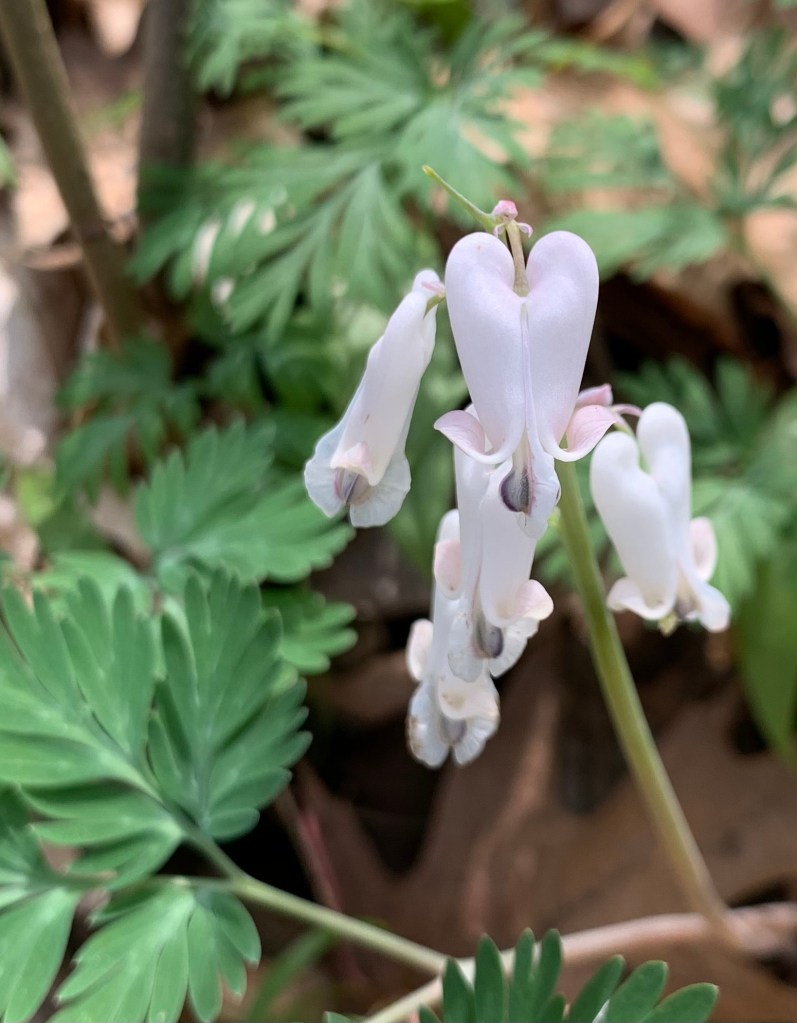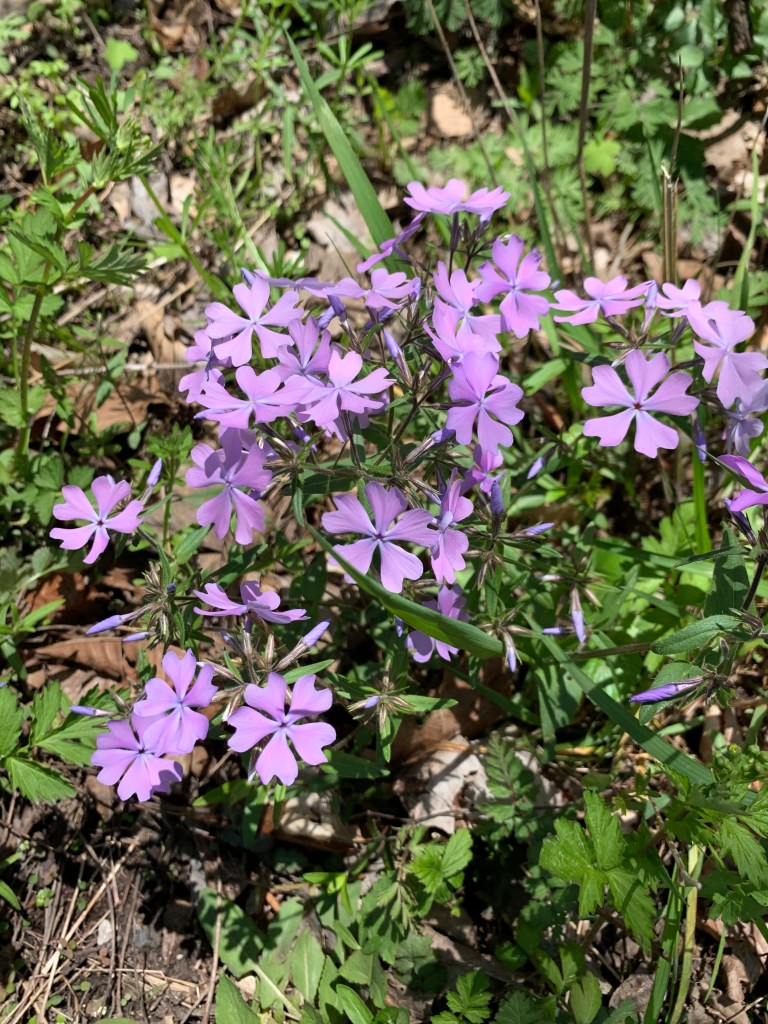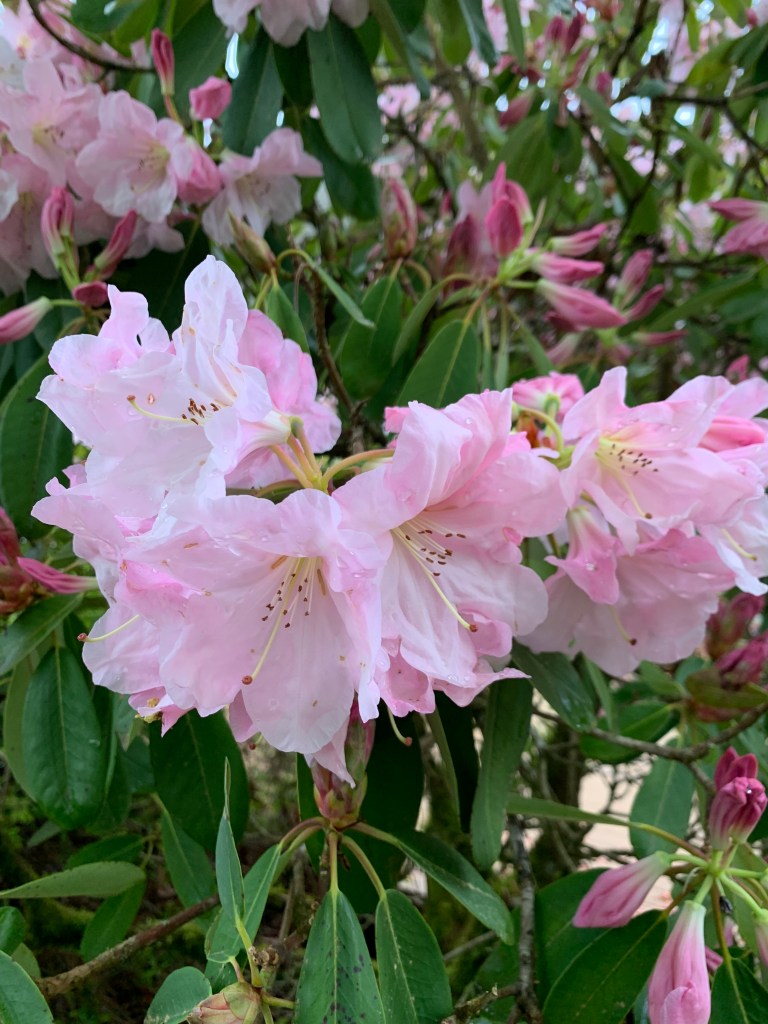The cherries, forsythias, magnolias, camellias, and daffodils are slowly giving way to the tulips, salmon berry blossoms, rhododendrons, and the dogwoods. The roses are in their beginning bud stages, some more than other as is to be expected from such a variety. The weather changes from rain to snow to rainbows by the minute, briefly clearing for a view of Mt. Rainier if you look up in time.
We came out of our winter slump in April. The sun came out and with it the fervor of spring. Rick sprang to action, his steps a little lighter and his mood more joyful as he ping-ponged between the house and the greenhouse with the most tender plants.



Anne’s cherry trees began their magnificent spring performance, a reminder of her beautiful spirit and passionate life. She looked forward to seeing them in bloom as winter crept in going as far as as checking for buds and being amused by thoughts of forcing them with a spray of gibberellins. The cherries are impressive, taking turns to paint the landscape and extending color over a span of more than a month as we wait for other flowers and then the roses to take over.
Being underestimated…
People who have been inspired by Anne have asked how she handled rejection, or more specifically being told she couldn’t do something. Did she get angry? Did she yell at people? While Anne was always direct with people, she was also classy. Rick and I discussed this. What we came up with is that when she met up with someone who didn’t believe in her abilities, she didn’t belabor the point she showed them with action. We knew when someone had underestimated her. She would set her jaw, jump into research, find alternative paths to meet her goal, and get on with it. Anne did take the opportunity to first suss out where the barrier might be coming from to consider whether it might be a good learning or teaching experience and followed up accordingly. However, if it was a blatant act she didn’t waste time.
Since last time…
I had to take a little break from writing to catch up with priority issues, but am committed to continuing Anne’s blog, sharing our restoration and the future of her gardens and making the “rare roses not rare.” Writing is something I love to do, especially the more creative writing of blogging. It’s very different from the research and technical writing that goes with my job stress and routine. Practice makes for better quality and easier writing, as well as for documenting memories. Anne kept multiple journals which has helped me piece together her ideas for garden design, where plants had come from and where they went, what bloomed when, maintenance schedules, and how she enjoyed and shared the property with others. Her passages will be intertwined in the stories I share here.
Since the last Farm Notes, I have been to our Indiana farm twice and Rick once. When I left to come to take care of Anne and her roses, I moved everything out of the house below the ridge to the house on the ridge to make room for the wonderful couple who is taking care of the farm. They wanted to get into market farming but needed land. We needed caretakers who understood small restorative, permaculture based farming and could watch over the properties. It has been a win-win from every angle. However, moving quickly means we have a lot of things to take care of, including several projects we had thought we could complete before being needed out here. I went out in February to begin the process. In March I met Rick at the Indianapolis airport for 30 minutes before we switched places, me flying back to Seattle and Rick driving down to Bloomington. Rick came back after preparing the drywall and I went out to Indiana again the end of April to finish painting. I just returned to Washington to prepare for Anne’s Celebration of Life on June 18th.
We hope to propagate some of Anne’s roses to take back to our Indiana farm and make them available to people in the mid-west. Before we do this, we need to remove all of the R. multiflora with its rose rosette from the surrounding area.
The pictures below are from my most recent trip back to the Indiana farm the end of April and first part of May. The wildflowers were amazing, as were the blossoms in the orchard.








We had many friends come over to work in the Washington gardens over the past couple of months. We are grateful to Erin and the Floret Flower Farm team who spent a day cleaning the north fence and old rambler garden #2 areas. The blackberries and nettles were so thick. The work they did in that one day would have taken me two months. Equally enjoyable was their laughter and sheer joy of working together. The entire farm felt more like home, uplifted by their much needed positive spirits. This was a welcome feeling for both of us. I got a little teary eyed when I saw them extending their day to clean up the area around Anne’s big maple in preparation for her Celebration of Life event. She would have loved hearing the happy chatter and seeing the team work.





Our good friend Jeff Panciera has helped with pruning and is my go to for rose advice. He knows so much about the garden and carries memories of mom – her ideas, what she planted and why, and their local and world travels. He’s been a great comfort to us. We love his visits.
Jeff introduced us to the amazing Rose Lee, owner of Rosebriar Gardens and Design. After over 40 years of growing specialty plants organically, she still finds and appreciates the exquisite details of nature. Driving up to her yard, even in early spring, is one of those moments when you have to catch your breath. Plants everywhere – and color! In April, Rose gave a delightful presentation for Soos Creek Botanical Garden titled “The Romance of Sweetpeas.” I was so inspired that I came home and got into my seed stash and planted sweetpeas on the vegetable garden fence. Like Rose’s fond memories, they are a reminder of my Michigan childhood when they lined the country roads and my friends and I whizzed by the purple and pink as we rode our bikes to 4-H meetings.


April also brought the Skagit Valley Tulip Festival. This was the first time I had seen the endless daffodil and tulip fields in the midst of their glory and it was impressive. I was forced from the rose gardens by the need to pay the water bill. It was the perfect day to see the tulips. I continued my adventure out of the yard to the La Connor antique shops, bird store, and quilt museum and then stopped at Christianson’s Nursery and Greenhouses. The school house at Christianson’s has a little garden of roses in the area around it, almost every rose being one that is somewhere on our property. I took note of how they were pruned and what they looked like and felt much better about our roses.

Another project we are working on here in Washington is adding Len Holler’s spinosissima rose favorites to Anne’s gardens. They were good friends and shared imports. Len’s large collection was recently bulldozed and burned, but he was able to save his favorites. He likes the idea of adding a Len Heller’s garden to Anne’s and gave us two Prairie Peace roses to place near her maple tree, where her ashes are buried. We had been trying to figure out what to do with the formal rose garden. Many of the roses there were modern teas and required constant attention, which they didn’t get. To go more with Anne’s interests, we will move what is left of these plants to one bed and fill the rest with older rare roses. Len’s spinosissimas will be the first step. So far we’ve moved William lll, Alberta Bouquet, Ormisted Roy, and Murdock to the first bed.



Today…
The rhododendrons are breathtaking and the roses are in the early stages of their bloom. The extra long rainy cold winter delayed them and the roses took a hit, many of the ramblers showing signs of die back. Today though, I see lots of new growth at their bases. This morning I found yet another new rose out in the NE corner of the property for which I can’t find a record of…yet. Gillian and Ethan were here to trim the hooves of the sheep and later today I’ll start the process of hand shearing them. Rick is busy in the vegetable garden transplanting and seeding a new area. I hope to finish weeding, fertilizing, and mulching the ramblers on the west fence and try to get a little time in on the Geschwind roses as well.





The sun is out. Life is good.

Thank you so much for the great pictures, I know it’s hard work you’re doing and I appreciate it.
LikeLiked by 1 person
Thank you for sending the blog and your hard work of ensuring that Anne’s legacy of her beautiful garden continues and documented. This has given me much encouragement to start wit my small patio garden to welcome the short time we have with sunny days.
Regards,
Luzmarie Breden
E: luzmarie_breden@shaw.ca C: 604.988.8914
>
LikeLiked by 1 person
Yes! Do it. You will be so happy to be surrounded by the beauty.
LikeLike
In a recent conversation with my neighbor she commented that she remembers roses of her childhood in the Philippines with a strong sweet and heavenly fragrance but that now roses have seemed to have lost all the sweetness of their aroma. Any thoughts?
LikeLiked by 1 person
There are several contributing factors to decreased rose scent, the one often cited is that hybridizers are going for color, shelf life (for cut flowers), and more disease resistant strains than to focus on scent. Since scent is a recessive trait, it takes two parents to contribute that trait. Flower scent evolved to please pollinators, so a full ready to pollinate flower is going to have a stronger scent than one not ready or after pollination. They go as far as being more fragrant when their specific pollinators are out searching for better chances. Air pollution is a known cause for a decreased sensory experience. This is an area that is heavily researched at universities, but for commercial entities so the work/focus is always on what will sell. Soil temp and make up, amount of sunshine, etc. also make a difference. There is a line of thinking that older roses were much more fragrant, but a study in the 1950’s suggested that even of the older roses ~ 1/3 had little or no fragrance. And then, we add in our own human perceptions of the ability to smell and variation of that fragrance. There is certainly a lot that goes into it, but it is an interesting area of research.
LikeLike
Thanks for your work and sharing! Following with interest from Bloomington.
LikeLiked by 1 person
Good pictures, Teddie. I enjoyed the Indiana shots too.
Margaret Nelson
LikeLike